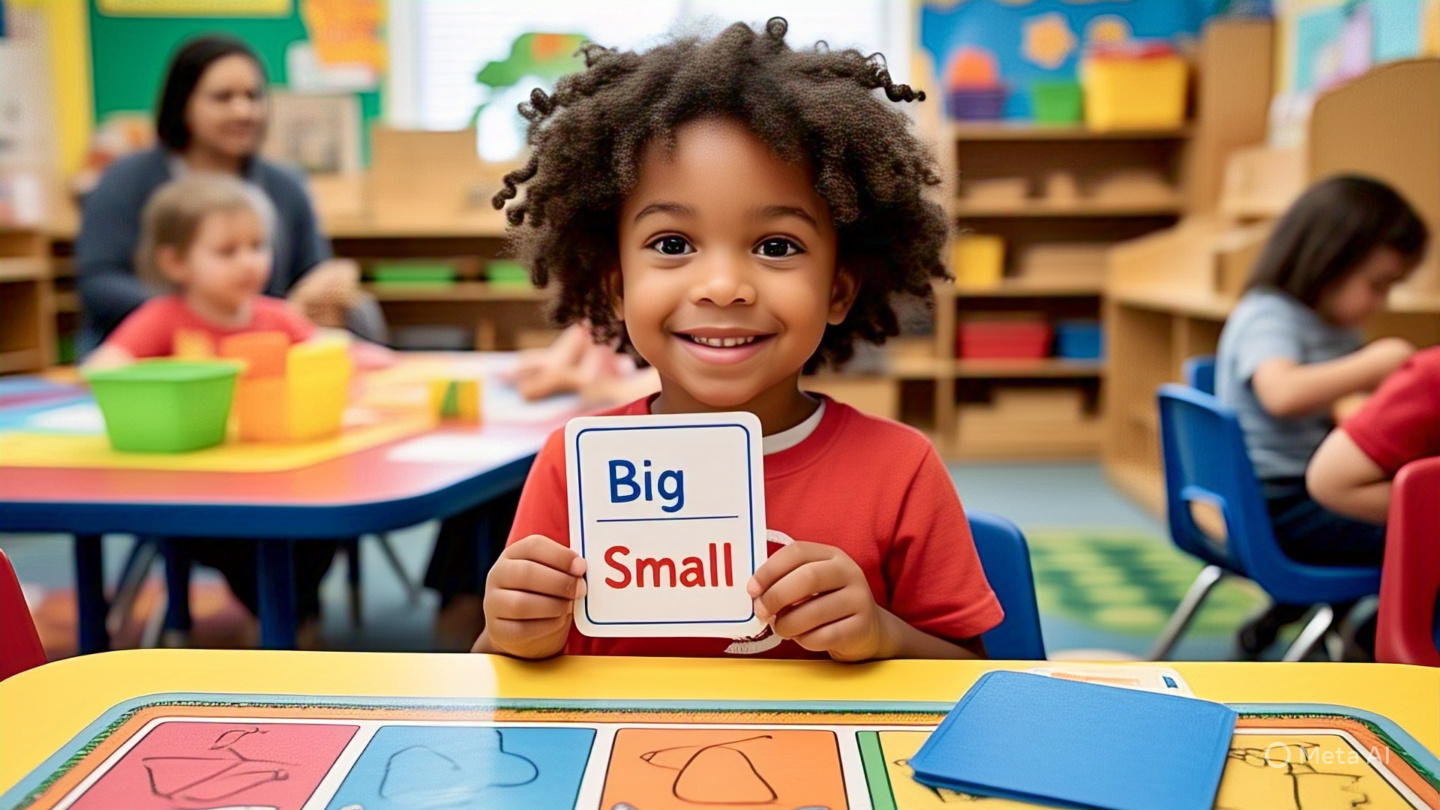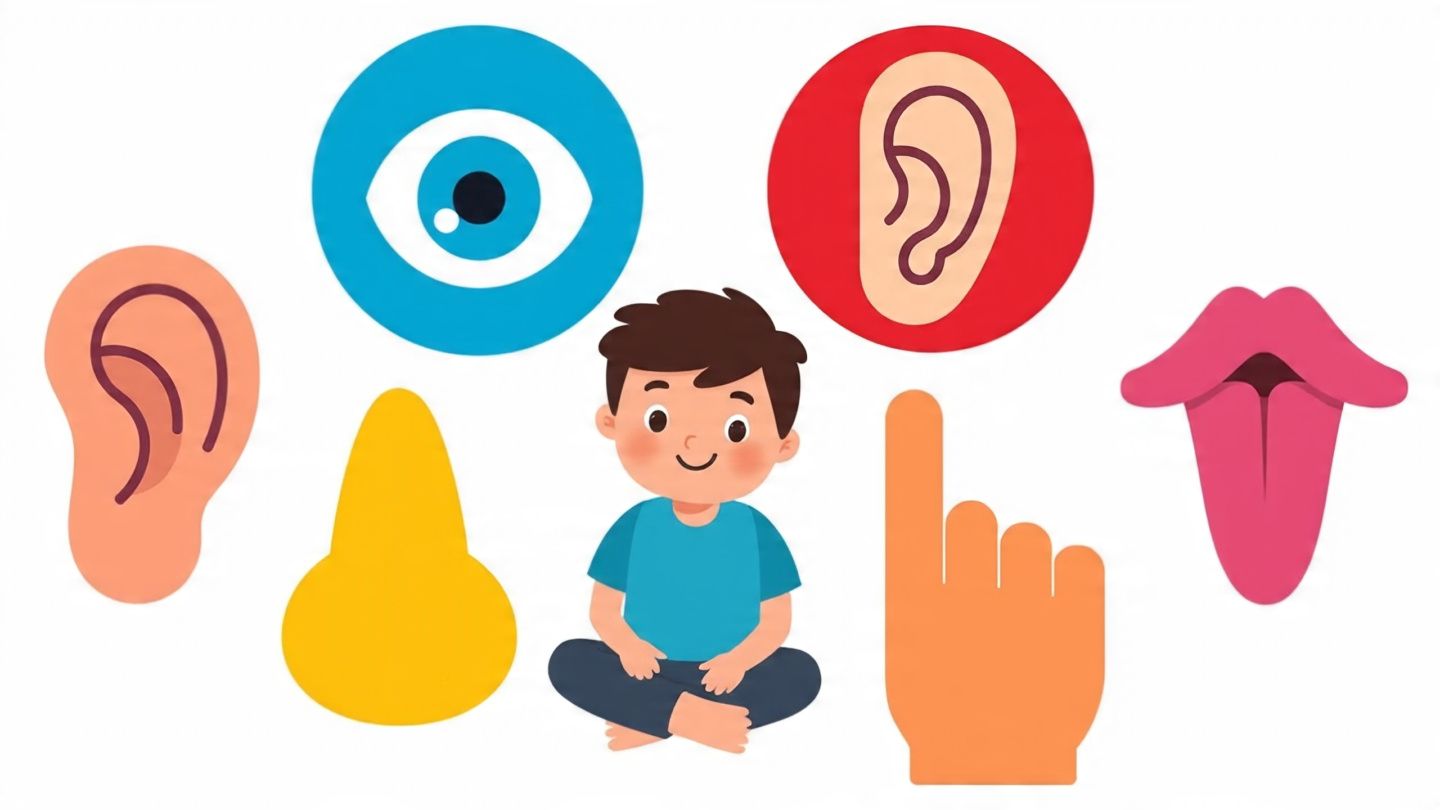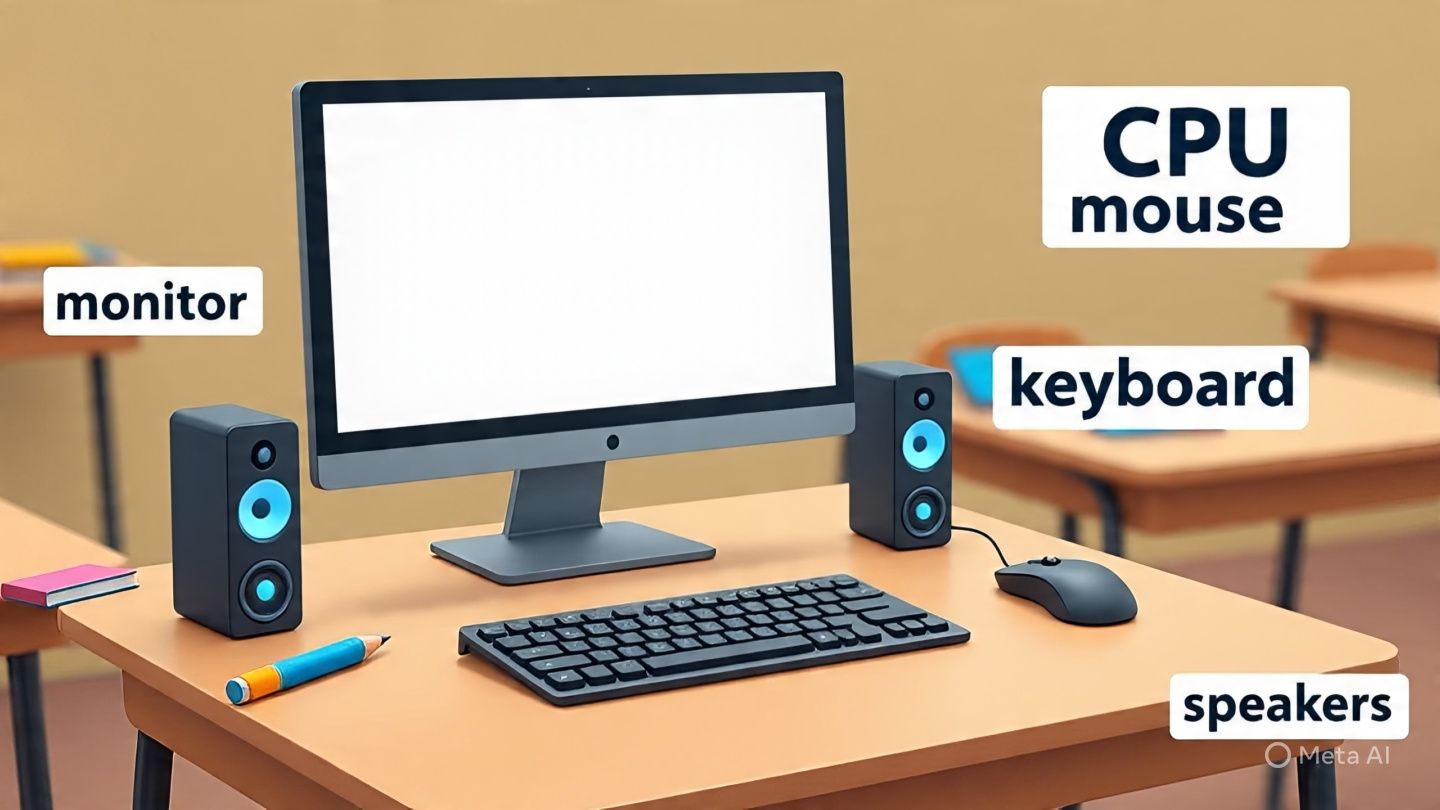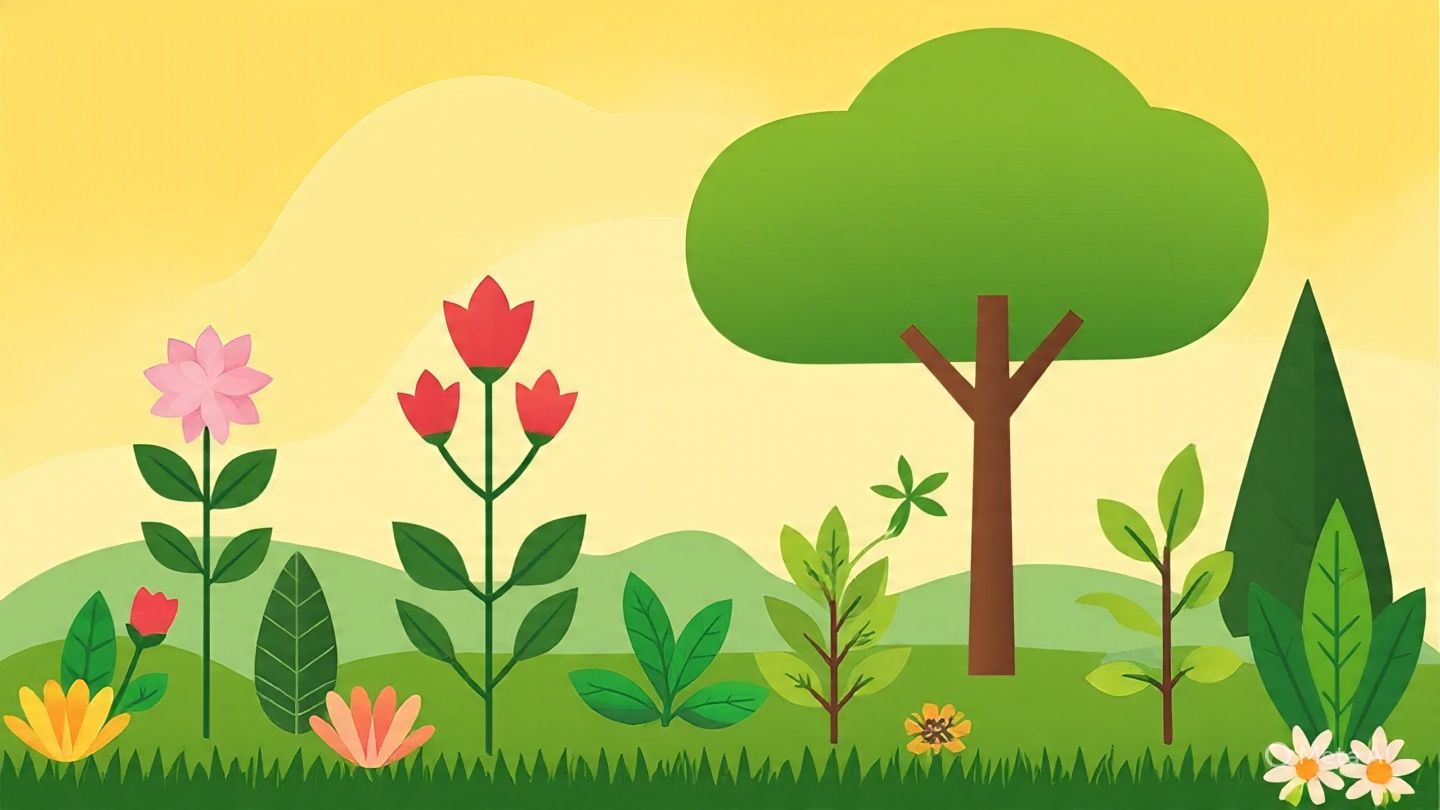Why Teach Opposites to Kindergarten Kids?
Understanding opposite words is a foundational skill in language development. These opposite words activities for kindergarten introduce kids to the concept of contrast, build vocabulary, and enhance comprehension. Learning opposites also helps children understand relationships between objects and ideas—critical for both academic and real-world understanding.
Benefits of Opposite Word Games
- Improved Vocabulary: Children learn more words in pairs, doubling the vocabulary gained in each session.
- Enhanced Comprehension: Recognizing opposites helps children make connections between ideas, strengthening their language processing.
- Cognitive Growth: Kids begin to recognize patterns and relationships, which supports problem-solving and reasoning skills.
- Interactive Learning: Games and hands-on activities keep learning fun, ensuring better retention.
KidsZilla Education and subscribe for colorful, engaging opposite word lessons!
10 Opposite Words Activities for Kindergarten
1. Flashcard Flip Game
Create pairs of flashcards with words like “hot” and “cold,” “big” and “small.” Let your child flip and match opposites. This classic memory game sharpens their recall and helps with word-picture association.
2. Opposites Song & Dance
Sing simple opposite word songs while doing actions—“stand up” and “sit down,” “open eyes” and “close eyes.” This helps auditory learners and adds movement for better engagement and understanding.
3. Drawing Opposite Pairs
Ask your child to draw opposite concepts like a big elephant and a small mouse. It reinforces visual understanding and encourages creative thinking as they translate ideas into images.
4. Matching Worksheets
Print or create worksheets where kids draw lines between opposite pairs. It’s an effective way to assess what they’ve learned and reinforce matching skills through repetition.
5. Opposites Storytime
Read books or make up stories featuring opposites. For instance, a tall giraffe meets a short bunny. These contextual stories help embed the meanings more deeply than standalone drills.
6. Opposite Sorting Game
Use toy bins labeled “Hot” and “Cold,” “Fast” and “Slow.” Let your child place objects in the right category. This adds physical interaction and develops classification and contrast skills.
7. Roleplay and Opposite Actions
Play act scenarios: walk slowly, then run fast; turn lights on, then off. Roleplay makes the words real and gives them context, helping children internalize meaning through real actions.
8. Find the Opposite Challenge
Say a word like “night” and ask your child to respond with “day.” You can do this as a timed game or even a quiz. It encourages quick thinking and reinforces mental recall.
9. Opposites Collage
Use magazine cutouts or drawings to create collages of opposite words—happy/sad, clean/dirty, etc. This artsy approach strengthens cognitive flexibility and deepens concept grasp.
10. Digital Opposite Word Games
Use apps or websites designed for kids that teach opposite words through interactive games and animations. It’s a great tech-friendly supplement that keeps kids engaged on screens with educational content.
Final Thoughts
Teaching through these opposite words activities for kindergarten makes language learning exciting and memorable. The combination of visuals, movement, and storytelling ensures a complete, multi-sensory experience. Try mixing a few each week to build understanding and vocabulary gradually—your child will love it!
KidsZilla Education and subscribe for visual learning, quizzes, and more!
- Focus Keyphrase: opposite words activities for kindergarten
- Hashtags: #OppositeWords #KindergartenLearning #ToddlerVocabulary #KidsZillaEducation #EarlyLanguageSkills




Leave a Reply